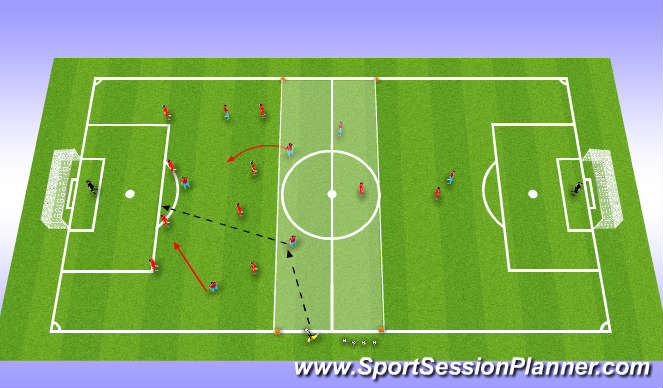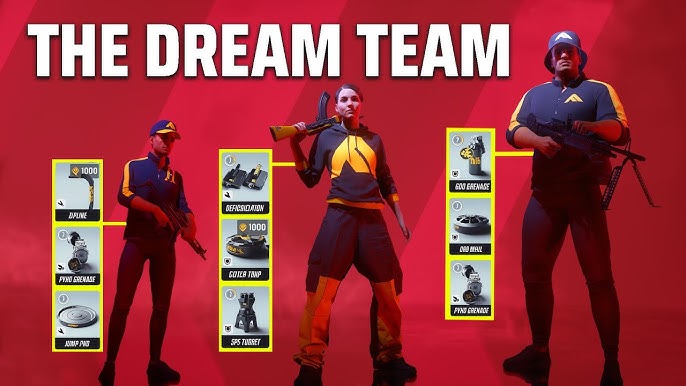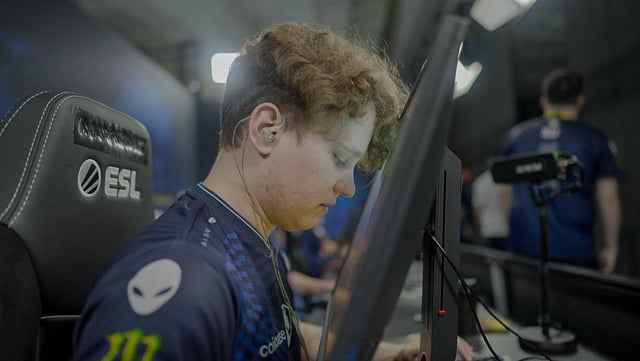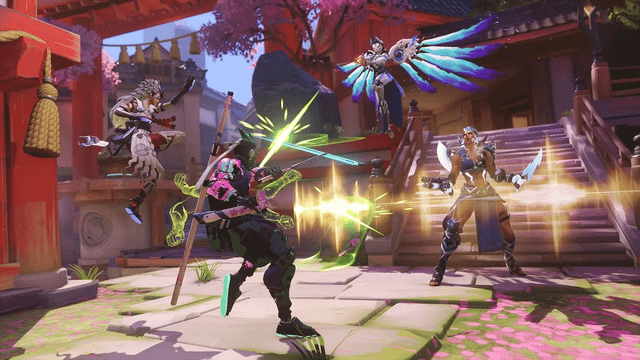Game Over, or Just Overhyped?
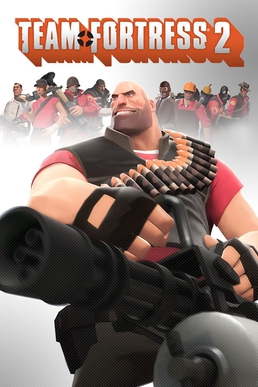
The digital dust is still settling after the bombshell dropped earlier this week: professional Counter-Strike 2 player "Player X" has been slapped with a VAC ban during the [Tournament Name] – and the implications are seismic. For those unfamiliar, a VAC ban (Valve Anti-Cheat) is essentially the nuclear option in Valve's arsenal against cheating. It's career-ending, reputation-shattering, and, frankly, a source of endless debate within the community.
We're not just talking about some scrub in matchmaking; Player X was a rising star, known for their aggressive AWPing and seemingly inhuman reaction times. This ban isn't just a win for competitive integrity; it's a potential wrench in the gears of the entire CS2 esports ecosystem. The stakes are high, and the questions are even higher. So, grab your preferred beverage, adjust your crosshair, and let's dive into the murky depths of this CS2 Esports Controversy.
The Ban Heard 'Round the (Virtual) World: Unpacking the Fallout
The immediate Player X Ban Reaction was, predictably, chaos. Social media exploded with accusations, defenses, and more than a few hastily deleted tweets. His team, [Team Name], is now scrambling to find a replacement for the remainder of the [Tournament Name], significantly impacting their chances of success. The odds have shifted dramatically, sending ripples through the CS2 betting market.
But beyond the immediate disruption, there's a deeper concern. This incident throws into sharp relief the ongoing battle between developers and cheaters, a battle that's been raging since the days of Counter-Strike 1.6. I remember back in the early 2000s, admining LAN parties, the constant suspicion and accusations flew so thick, you could practically taste them. Even with vigilant admins, a skilled cheater could often slip through. Has anything really changed?
And that brings us to Valve's VAC system.
The Great VAC Debate: Is Valve's Anti-Cheat Up to Snuff?
The VAC System Effectiveness is a perennial topic of discussion in the Counter-Strike community. On one hand, VAC has undeniably caught countless cheaters over the years. On the other, it's often criticized for its delayed detection, allowing cheaters to potentially impact high-profile matches before finally getting the ban hammer. The question, "Is Valve's VAC system effective against cheating?" is asked again, and again.
The specifics of how VAC works are, understandably, shrouded in secrecy to prevent cheaters from circumventing it. However, it generally relies on identifying known cheat signatures and patterns. This means there's always a cat-and-mouse game involved, with cheat developers constantly seeking new ways to bypass detection. It is unknown if a VAC System Update effectiveness occurred prior to the ban.
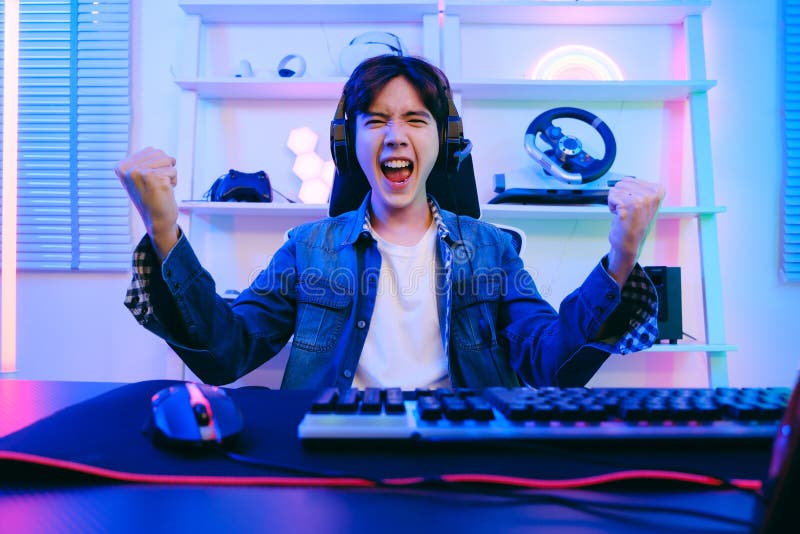
Many players are calling for Valve to adopt more aggressive anti-cheat measures, such as kernel-level access, similar to what's used in some other competitive games. However, such measures raise significant privacy concerns and could potentially make systems vulnerable to malware. It's a delicate balancing act between security and user privacy, and there's no easy answer. Understanding the debate around Best CS2 anti-cheat solutions explained is vital in such discussions.
Beyond the Ban: The Wider Impact on the CS2 Pro Scene
The CS2 Pro Scene Impact from this incident extends far beyond [Team Name]'s performance at the [Tournament Name]. It raises questions about the Counter-Strike Competitive Integrity as a whole. How can fans be confident that the games they're watching are fair and legitimate? How can sponsors justify investing in a scene where cheating remains a persistent threat?
Moreover, this CS2 Tournament Upset: cheater involved? raises difficult questions for Player X's teammates, past and present. Did they suspect anything? Should they have spoken up sooner? The potential for mistrust and suspicion within teams is a very real concern. One should also consider the Impact of player bans on CS2 betting market.
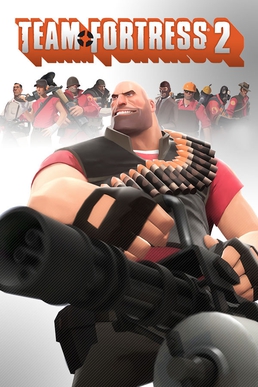
The Community Reacts: Accusations, Defenses, and Everything In Between
As expected, the Player X Ban Reaction from the Counter-Strike community is split. Some are celebrating the ban as a victory for fair play, while others are questioning the validity of the VAC system and expressing doubts about Player X's guilt. Many are engaging in Player X ban evidence analysis CS2 to see if they can form their own opinion.
The Competitive integrity in Counter-Strike esports depends on maintaining fairness and transparency.
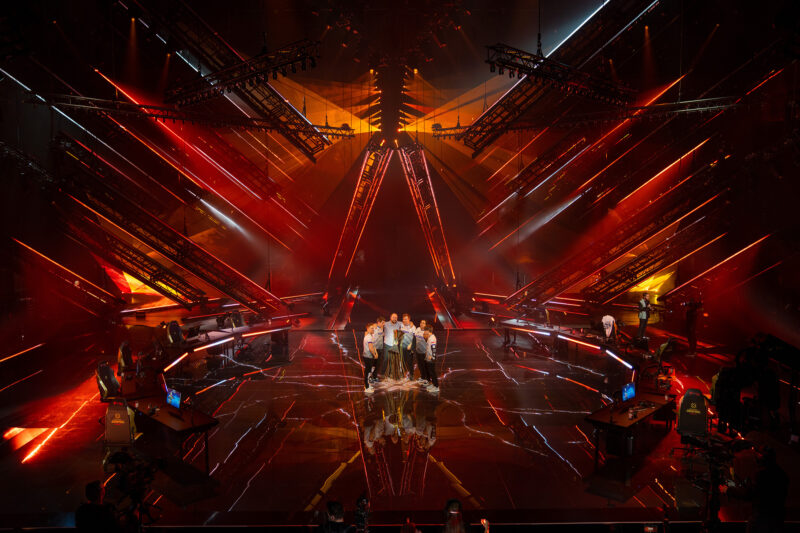
CS2 pro player reactions to player x ban have been more measured, with many expressing disappointment and calling for greater transparency from Valve. No one wants to compete in an environment where suspicion and doubt linger.
Moving Forward: A Call for Transparency and Accountability
This CS2 Esports Controversy serves as a stark reminder that the fight against cheating in esports is far from over. While Valve's VAC system remains a crucial tool, it's clear that more needs to be done to ensure the Counter-Strike Competitive Integrity of the game. The ban highlights ESports Cheating Allegations and the need for better solutions.
Firstly, greater transparency from Valve regarding the VAC system would go a long way towards building trust within the community. While the specifics of cheat detection need to remain confidential, providing more general information about the VAC System Effectiveness and the steps being taken to combat cheating could help to allay concerns.
Secondly, a more robust appeals process for VAC bans could help to prevent false positives and ensure that innocent players are not unfairly penalized. Currently, VAC bans are notoriously difficult to overturn, even in cases where there is evidence of a mistake.
Finally, fostering a culture of accountability within the CS2 pro scene is essential. Players, teams, and organizations need to take a more proactive role in identifying and reporting suspicious behavior. Only by working together can we hope to create a truly fair and competitive environment.

Conclusion: A Dark Day, but a Chance for Change
The Player X ban is undoubtedly a dark day for Counter-Strike 2 esports. It raises serious questions about the Valve Anti-Cheat Analysis, the prevalence of cheating, and the overall integrity of the competitive scene. However, it also presents an opportunity for positive change. By demanding greater transparency, accountability, and proactive measures, the community can work together to create a fairer and more enjoyable CS2 experience for everyone. Only time will tell how this plays out, but one thing is certain: the future of Counter-Strike 2 esports depends on it. It is a time to analyze Source engine anti-cheat vs cheating players.
